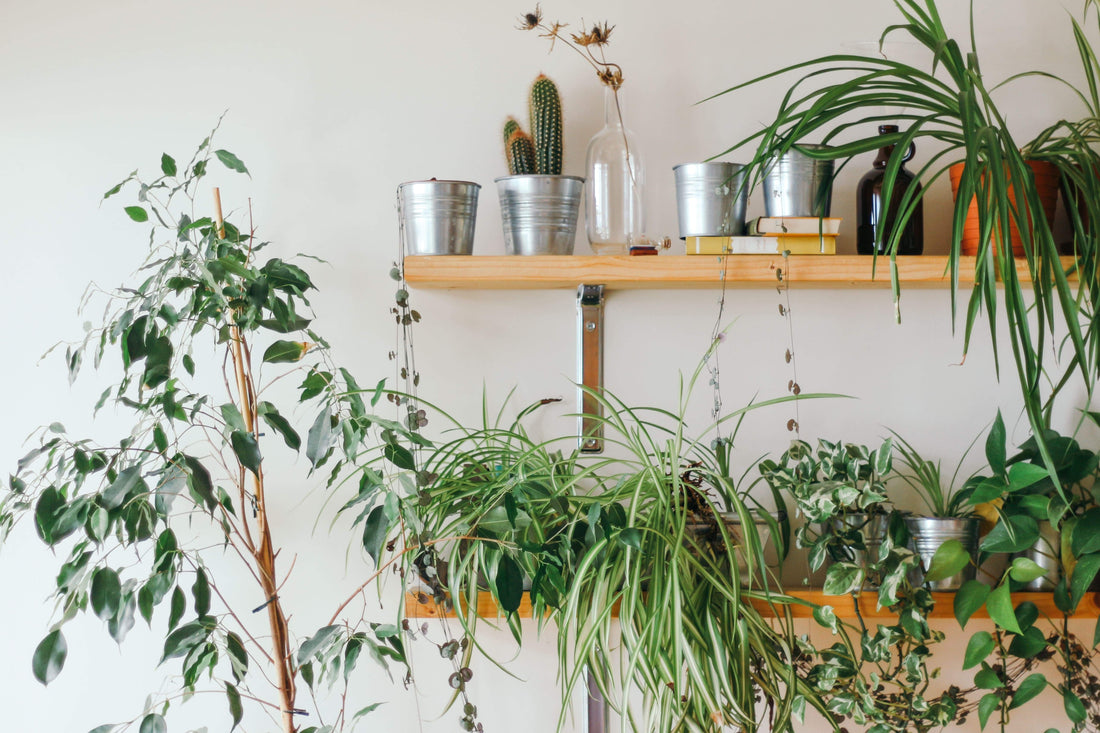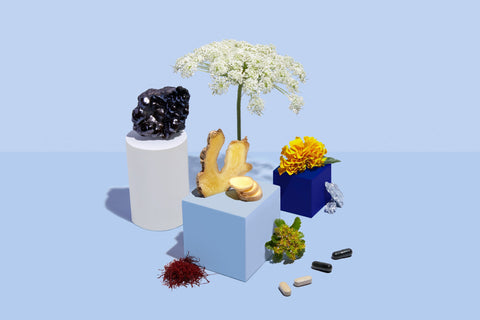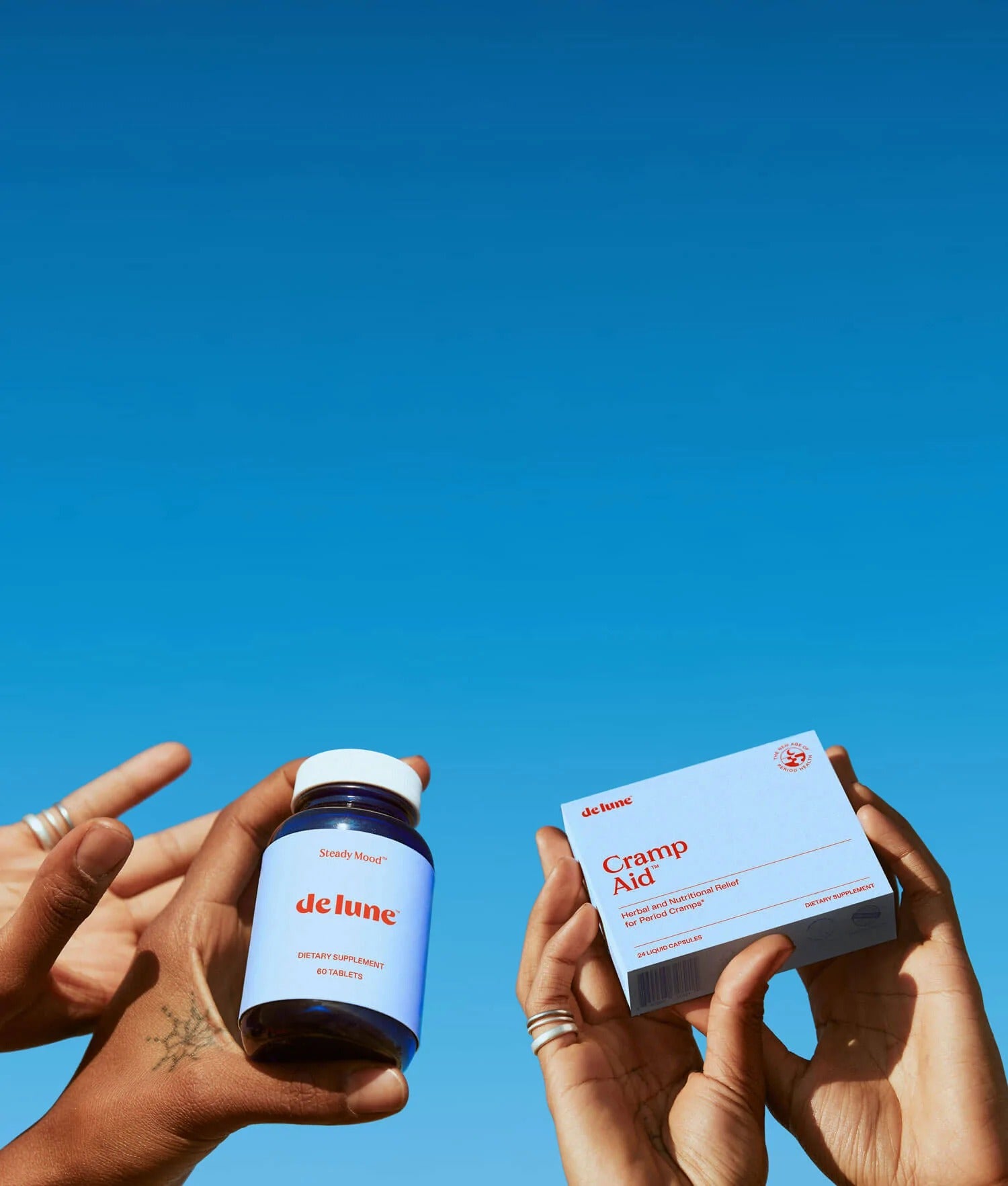So the plant mom in you is wondering: can I fertilize my plants with period blood? Or, a better question: should I? Let's discuss.
First of all, yes, people actually do this. Menstrual blood contains three electrolyte nutrients that are important to both human and plant metabolism: nitrogen, phosphorus, and potassium—the very same combo you'll find in store-bought fertilizer.
Fertilizing with blood (albeit not human blood) is, to some extent, already a thing farmers do, especially organic farmers who are limited in the types of fertilizers they can legally use under organic standards. According to Matt Gura, Greenhouse Operations Manager of Pure Green Farms, “Plants thrive in organic matter because it provides the perfect balance of mineral nutrition. Blood meal is a popular and effective fertilizer in organic production. Period blood is quite similar. Why waste it if you have house plants you want to boost!”
No wonder there are anecdotal accounts all over the internet of people emptying their menstrual cups into their plants and watching them thrive.

Besides nourishing your plants, this practice can also help nourish your relationship with your period. Generally speaking, the menstrual cycle is life-promoting—and not just for a would-be pregnancy. The notion that your blood can nurture another living thing is something to be proud of, and reminds us of the connection between the earth and ourselves.
That said, some cautionary words to the wise: period blood is living tissue, which will eventually die after leaving the body. Decaying tissue is susceptible to an unpleasant funk, and can potentially grow bacteria that can harm your plants. So dump that blood in as soon as possible after it leaves your body, and start with small amounts.
Apply as evenly as possible, and mix the blood in with your potting soil a bit to help the good soil microbes do their thang. Diluting your blood with water and stirring thoroughly before adding to plants is a good way to get a nice even coat with small amounts of blood. Use only on ornamental plants, not ones you plan to eat, like fruits, veggies, or potted herbs.
Also, if you squirm at the sight (or smell) of blood, this practice is perhaps not for you. For the sake of convenience, we recommend it only for menstrual cup or disc users, as hand-squeezing a saturated tampon into a plant is a bit much, even for us.
A final disclaimer: results are not guaranteed. Because the composition of period blood varies from person to person (heck, it can even vary from month to month in the same person!), it's hard to know exactly how your plants will react to your particular cocktail. So again, start small, pay close attention to how your plants respond, and go from there.







